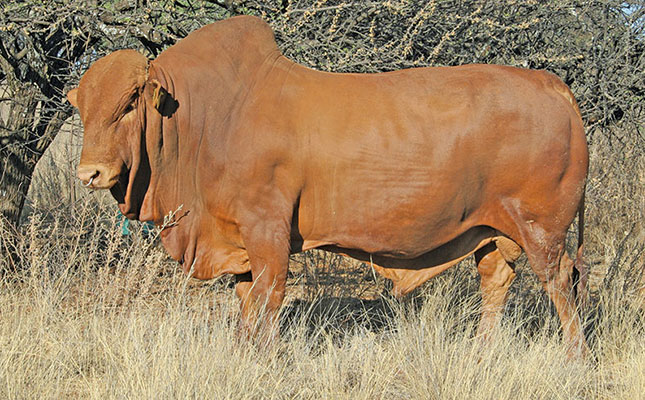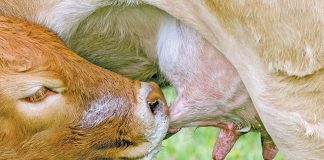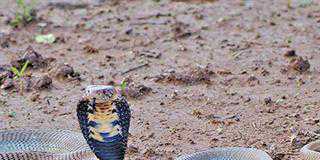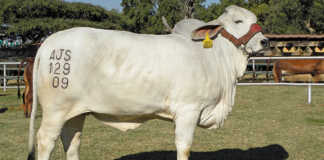
The thick hide has twice as many sweat pores as those of European cattle breeds, so it can handle the heat, while the short, strong, shiny hair also keeps ticks away. A mature bull weighs between 820kg and 1 090kg and a cow between 450kg and 600kg.
Steers reared on the veld with only a phosphorus lick and salt, and which are slaughtered at 27 to 30 months, yield a carcass of 250kg on average.
The beef is of high quality and is tender, tasty and juicy. This is a reason why the Afrikaner is a popular choice for crossbreeding. It improves the meat quality of the breed with which it’s crossed.
When bred in an area in which diseases such as redwater, hartwater and gallsickness prevail, Afrikaner calves acquire immunity through their mother’s milk. The cattle are well-adapted to veld conditions in the warm, arid and extensive grazing areas of the country, and react well to intensive feeding.
With good grazing and ample fresh water, cows calve every year. Due to the cow’s slightly sloping rump and wide vaginal passage, calving problems are rare. The Afrikaner has one of the shortest finishing times among all beef breeds, whether off the veld or in the feedlot, and it finishes in 102 days, compared with an average of 111 days for other breeds.
For more information:
Contact the Afrikaner Cattle Breeders’ Society on 051 447 7405/448 8404, e-mail [email protected], or visit www.afrikanerbees.com.
Sources:
Beef Cattle Management (ARC-Animal Production Institute, Irene); the Afrikaner Cattle Breeders’ Society.













